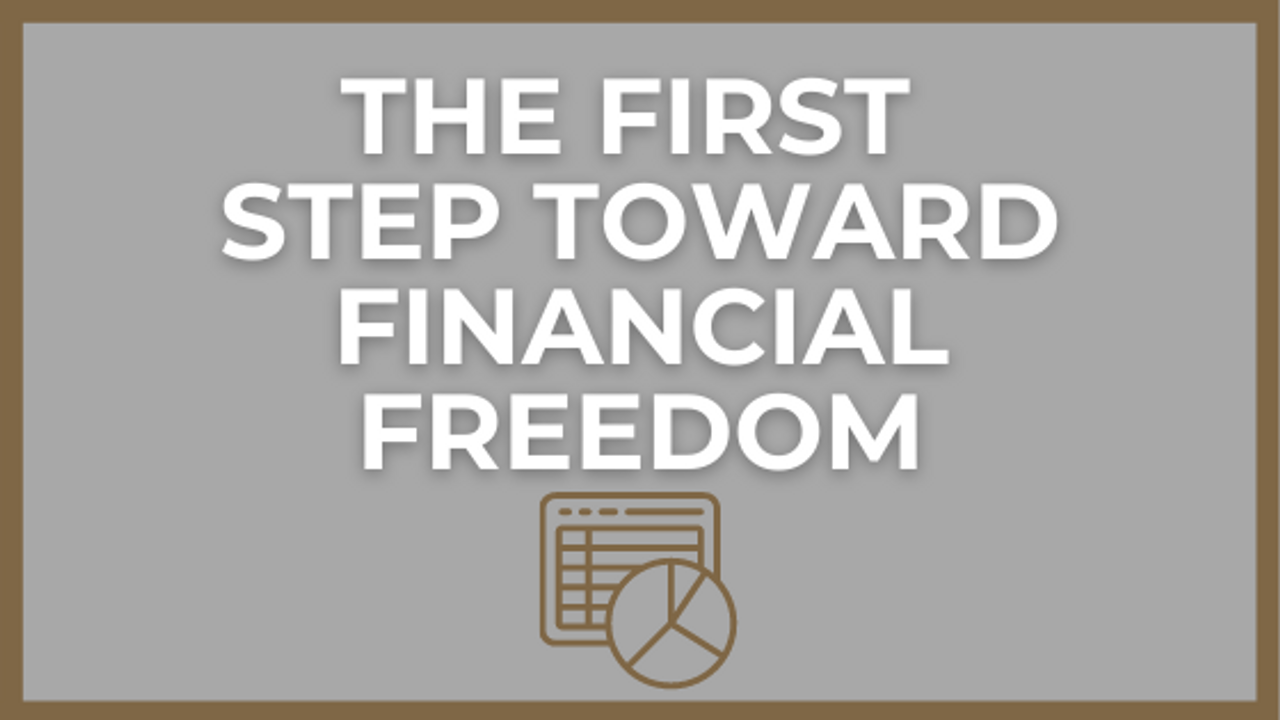Restaurant Accounting Chart of Accounts

Have you ever looked at your profit and loss statement and wondered what goes into the line items? Have you ever asked yourself what expense goes into that line item and decided not to call your accountant because you're fearful of getting charged more? Is your profit and loss statement something you use to pay your taxes instead of as a critical tool for measuring your restaurant success? Let’s look at how restaurant accounting chart of accounts can change how you look at your profit and loss statement and how that benefits your restaurant business.
What is a restaurant chart of accounts? Along with it being a line item list of everything you have to account for in your restaurant from cost of goods sold to labor, your chart of accounts is your personal decoder ring to understanding your restaurant numbers.
Let's talk about some of the common mistakes in restaurant accounting chart of accounts and why it doesn't work very well for most restaurant operators. I want to make it so that when you look at your chart of accounts, you know what you're looking at.
In restaurant accounting, there’s GAP versus actually being useful. GAP stands for generally accepted accounting principles. Your CPA or accountant could be doing things based on GAP. They take your cost of goods sold divided by your total sales, which gives you a food cost of like 10 percent versus useful, which is cost of goods sold food divided into food sales. This version gives you a 30 percent food cost, which a number you can understand. It goes beyond “generally acceptable.”
I see a lot of restaurant owners who just list food and alcohol on their chart of accounts. That doesn't really tell you a lot. You need it split up into food, N/A bev, bottle beer, draught beer, wine, liquor, merchandise. Each cost of goods sold number will be different when you get to your budgeting part. To do that you need to measure those individually.
I also see restaurant take their full broadline distributor invoice and put it in the food. But your broadline purchases aren’t all food. You don't sell toilet paper (except in 2020!). It doesn't belong in there. You don't sell small wares or small pieces of equipment. Instead you have to split up the food portion of those invoices that go in cost of goods sold alone. Then take all the other numbers and put them as line items, as expenses. This gives you a clear picture of what's going on in your business.
When it comes to labor, often I see salary or hourly, and front of house or back of house. How do you know if there's a problem or where the problem is? How do you measure? You have to break it up into salaried managers, hourly managers and in full-service restaurants, servers, bussers hosts, barback, bartenders, dishwashers, prep cooks, line cooks, etc. You need to break it up. That way you can see where the problem points are instead of one big number called labor.
While I’m asking for more detail in your chart of accounts, it’s possible you can be too detailed in your chart of accounts. If you have so many line items that it's an arduous process to look at your numbers, if you break every expense into its own little category, it can make it harder.
Instead you need to find a balance so that when you look at your chart of accounts, your profit and loss statement, you can read it. It serves as that decoder ring, making it easier to decipher where you have problems.
There is no wrong chart of accounts. They all serve to pay taxes. But if you want a chart of accounts that means something to you, that gives you the ability to measure restaurant success, then you need to tell your accountant how you want your chart of accounts set up and what expenses go into each line item. This is the first step to being on your way to running a restaurant that gives you the personal and financial freedom you deserve. A chart of accounts sets your financial plan into motion because that which we measure improves. It’s a great step in the direction of learning and understanding your restaurant’s financials.
If you would like to learn how to own a restaurant that doesn't depend on you to be successful, watch this free video course that teaches you three key principles to running a successful restaurant.
Be sure to visit my YouTube channel for more helpful restaurant management video tips.




